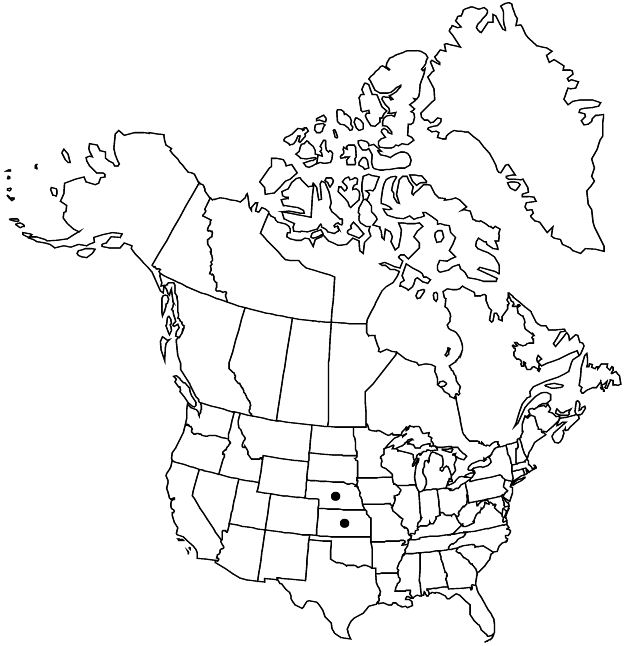Viola prionantha
Enum. Pl. China Bor., 8. 1833.
Plants perennial, acaulescent, not stoloniferous, 3–20 cm; rhizome stout, fleshy. Leaves basal, 6–22, ascending to erect; stipules linearlanceolate, margins remotely denticulate, apex acuminate; petiole 1–13 cm, narrowly winged distally, glabrous or puberulent; blade unlobed, oblong-ovate, ovatelanceolate, or narrowly ovate, 1–4.5 (–10) × 0.6–2 (–4) cm, base usually truncate, sometimes ± cordate or broadly cuneate, margins crenulate, ciliate or eciliate, apex obtuse or ± acute, surfaces glabrous or puberulent. Peduncles 2.5–6 cm, glabrous, bracteoles near middle. Flowers: sepals lanceolate or ovatelanceolate, margins ciliate or eciliate, auricles 1–2 mm; petals light violet or purple on both surfaces, rarely all white, lower 3 dark violet-veined, lateral 2 beardless or sparsely bearded, lowest 14–25 mm, spur pale to dark violet, elongated, 6–9 mm, tip hooked up; style head beardless; cleistogamous flowers present. Capsules narrowly ellipsoid, 5–12 mm, glabrous. Seeds dark-brown, ca. 2 mm. 2n = 48.
Phenology: Flowering Apr–May.
Habitat: Lawns, roads, roadsides
Elevation: 200–900 m
Distribution

Introduced; Kans., Nebr., Asia (China), Asia (Korea), Asia (Russia)
Discussion
In 1952, plants of Viola initially identified as V. patrinii were collected and reported by C. T. Rogerson to be established in lawns on the campus of Kansas State University, Manhattan, Kansas, where they are still found. S. B. Rolfsmeier recently determined that these plants are V. prionantha. R. B. Kaul reported that V. prionantha occurs along roadsides in Kansas and is also established in the floodplain of the North Platte River in Nebraska, where it was first collected by him in 1992.
Selected References
None.
Lower Taxa
"thick" is not a number. "narrow" is not a number.